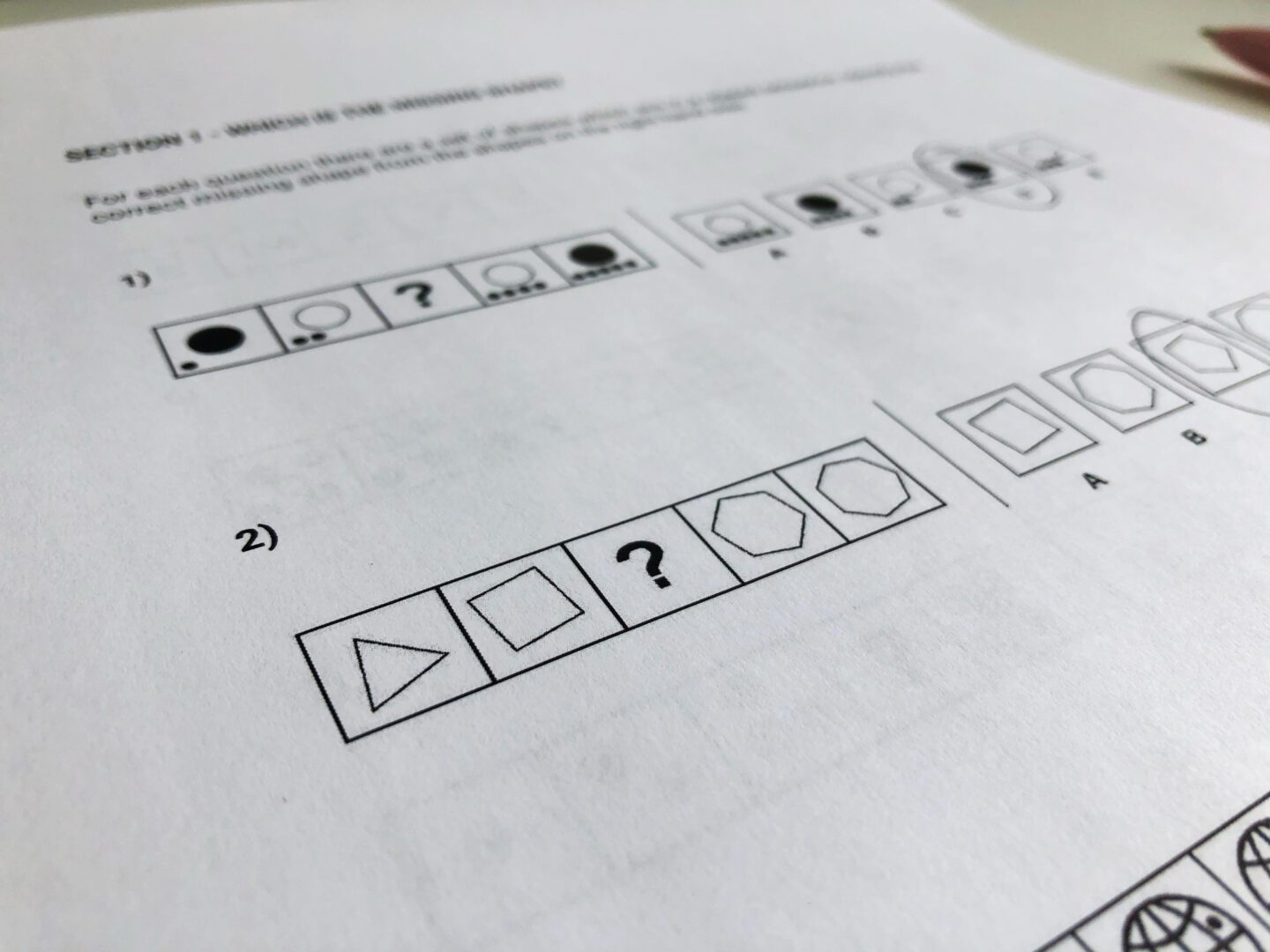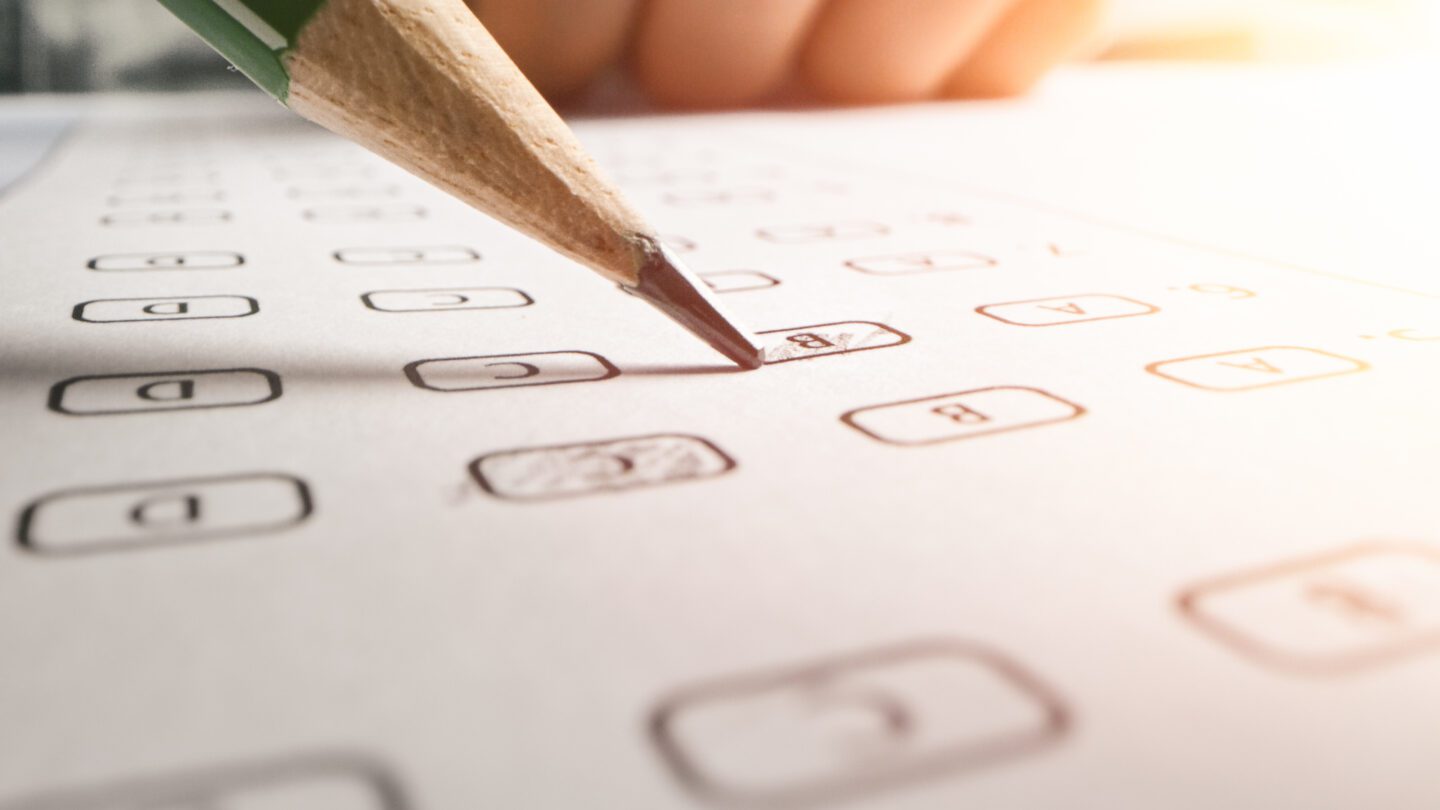
Exam Technique
Entrance exams require more than just syllabus acquisition. Your child also needs to hone their exam technique to guarantee success.
Exam Technique
No matter how bright your child is, and how hard they have studied their Maths, English and Reasoning. They simply will not get through their 11 Plus exams successfully without learning the basic rudiments of exam technique.
This is a difficult challenge because ten-year-olds are not that educationally mature. Therefore, the concepts can be difficult for them to understand. In our opinion, the best way to help them with exam techniques is to provide them with opportunities. Also to help practice exam techniques in realistic situations. This is why Mentor Education runs mock exams each year as part of our 12 Month Programme and we believe this is one of the most important elements of preparation.
When should I start thinking about my child’s exam technique?
We believe that your child’s school entrance journey is predictable and can be broken down into three parts; syllabus acquisition, question practice and finally exam technique. Because exam technique is difficult for young children, they should not be struggling to answer the questions or coming across areas they haven’t been taught when they do attempt to get to grips with it. We recommend that they should be familiar and confident in their subject knowledge before you tackle exam technique with them. Starting the summer after Year 5 is the optimal time in our opinion.
There is not a one size fits all exam technique for entrance exams, and it is your job as a parent to discover the format of the tests they will be taking. In particular, you need to research each school’s website to find out their 11 Plus exam format and consider:

- Are they sitting the ISEB Pre-Test?
- Could they be answering multiple-choice questions?
- Will they be answering long form written questions?
- Will they be sitting digital or paper-based tests, or both?
Each type of test requires different exam techniques, but all have one thing in common, the most important factor of all, time pressure!
Timing is everything
No matter how talented and well-rehearsed your child is, none of that is going to matter if they don’t manage to get enough answers down during their entrance exam. Timing is also very important for potential scholars who need to give themselves time to get to the final section of the papers to tackle the difficult, final questions.
Preparation is key, so make sure your child is aware in advance of how their exam will be timed. Timing can differ across exam boards (CEM or GL Assessment), regions and individual schools, so carefully check the admissions section of the websites of all the schools you are interested in. These usually contain information about the board that administers their exams, as well as familiarisation materials that will really help you to figure out the specific timing of your child’s exam.
Most entrance exams now consist of individually timed sections, whereas some allow between 45 minutes – 1 hour 15 minutes to complete a whole paper. Although many watches (especially smartwatches) have now been banned, your child will be in clear view of a clock during their exam and your child should be well rehearsed at checking the time very often and understanding how long to spend on each question. We believe children need to pick up approximately 1 mark per minute to maximise their results.
Exam Techniques for digital exams such as the ISEB Pre Test
The digital ISEB Pre Test was widely adopted in the 2020 11+ exams when children could not attend schools in person to sit written exams. Many schools have stuck with the exam for 2021, either used as a pre-test or as their main admissions test, including St Paul’s, JAGS and Alleyn’s.
As the Pre-Test is an online test, we recommend students practice online tests many times to get the feel of them and to practice online specific exam technique. All questions are compulsory, and they cannot go back once a question has been answered. There is a progress bar to show them how far through the questions they are, and a timer (re-added for 2020-21) to show the time remaining. They are allowed pen/pencil and paper for working out during the Verbal Reasoning and Mathematics tests but not during the Non-Verbal Reasoning or English tests.
The tests take about two-and-a-half hours in total to complete:
- English – 25 minutes
- Mathematics – 50 minutes
- Non-Verbal Reasoning – 32 minutes
- Verbal Reasoning – 36 minutes
ISEB have a familiarisation test which your child should practise a few times, including the day before the test.
Exam technique to practice for the ISEB
- All questions are compulsory, and the candidate cannot move forward until an answer has been chosen from four multiple choice options. The key technique to be learned for this is what to do when they do not know the answer. First, they must try ‘educated guessing’ which means eliminating any obviously wrong answers and then trying to work out which is most likely from any remaining answers. Your child will need to practice this many times and in particular, needs to understand not to waste too much time prevaricating here.
- If candidates have no idea which answer might be correct, they should quickly guess, not waste time and move on.
- Candidates should understand that they cannot go backwards in the ISEB Pre-Test and therefore cannot leave difficult questions until the end and go back and tackle them if they have time. This exam technique can only be deployed in written papers. They must practice learning to deal with each question as it comes up.
- Practice GL assessment papers.
Practice online tests, for example using Atom Learning or Pretest Plus, under exam conditions. This helps students to build up the stamina to take a 50-minute exam (e.g. for Maths) and develops key exam techniques mentioned above, as well as getting used to working under pressure, reading the questions thoroughly and time-management.
Understanding Mutiple Choice
Many senior school entrance exams and pre-tests now use the multiple-choice format, which allows for a much easier, computer-based marking system for the school admissions team. Because the paper is likely to be marked by computer, your child must fill out the sheet accurately.

The multiple-choice answer sheet is often on a separate sheet of paper to the question booklet, so the most important thing is that your child doesn’t forget to fill it in!
Other exam technique tips involving the multiple choice answer sheet include:
Drawing a straight and complete line through the answer box so that the computer reads the correct answer
Rubbing out wrong answers sufficiently so that the optical eye of the computer doesn’t read them
Making sure your answers match up between the question paper and the answer sheet
In particular, if your child leaves a question out, they mustn’t forget this on the answer sheet because every answer afterwards would be in the wrong place and hence marked incorrect. This happens to some children every year and is such a shame given all the work they have put into their preparation.
To practice these type of answer sheets you can use these resources:
- GL Assessment non-verbal reasoning practice papers bundle
- GL Assessment verbal reasoning practice papers bundle
What to do if something you have never seen comes up?
Exam boards such as GL Assessment and CEM often change, reformat or add entirely new question types to their exams. You need to help your child needs to be prepared as possible to expect the unexpected and for them not to be thrown by this.
The key is not to panic if this happens. If your child has never seen a question type before, chances are no one else has seen it either. Their study so far will have given them the skills they need to apply to anything slightly different to what they’re used to.
Sometimes it’s best to move on
There are going to be some very tricky questions in your child’s entrance exam, but there will also be a lot of questions that they can complete confidently and quickly.
Your child must be able to recognise when a question is slowing them down too much. Rather than spending ages trying to figure out a single answer, it’s usually much better to move on and use the time to complete other, easier questions.
Some children find it useful to put a small mark or star next to any questions they’ve missed, as this helps them to easily find it and have another go at it later if they have time.
They must learn to guess the answer on the multiple choice answer sheet before moving on, as this will still give your child a chance of getting it right (and prevents them from putting the next answer in the wrong place).
Checking Your Working
The timing of exams is notoriously tight, so many students don’t get any checking time at all. That means your child is at a huge advantage if they do have some checking time and they should use it well. For some reason, children seem to hate checking their answers, but we really can’t stress enough how much of a difference it can make to their final score!
It’s so easy to make small mistakes under pressure, so even if your child is sure they’ve completed everything correctly during a section of the exam, they still need to spend time redoing sums and checking their writing whenever possible.
In Maths papers, they should check for silly mistakes in their operations and that they have read the questions properly. In English written answers, they should check for spelling and grammar mistakes as marks are always deducted for these.
Staying calm During the Test
We all know children who breeze through exams without a care in the world and other children who are crippled by fear and anxiety before and during their exams. It’s important for your child to realise how much feelings of dread or panic during their exam will slow them down, distract them and cause them to make silly mistakes.
As a parent, you have a major role to play in not making the exams too high stake for your children and praising them for their efforts rather than their achievements. Remind them regularly that the exam is not the ‘be all and end all’ and that you’ll be very proud of them simply for doing their best.
Reassure them that they will end up in the right senior school for them and you mean that sincerely.
Watch what you say in front of them with other adults as children listen in to parents chatting about the senior school entrance and can pick up some very negative, stress-inducing messages from careless criticism of other children and parents.
Teach your child simple relaxation techniques to use if they feel panicked in their exam. Techniques such as slowing down and taking a series of deep, calming breaths can help when anxiety hits. Our school entrance coordinator or your tutor can advise further on developing techniques to steady your child’s nerves.
Get in Touch
If you’d like to know more about how we can help your child to fulfil their potential, please contact our team.
-
Give us a call
020 8883 2519 -
Email us
hello@mentoreducation.co.uk -


